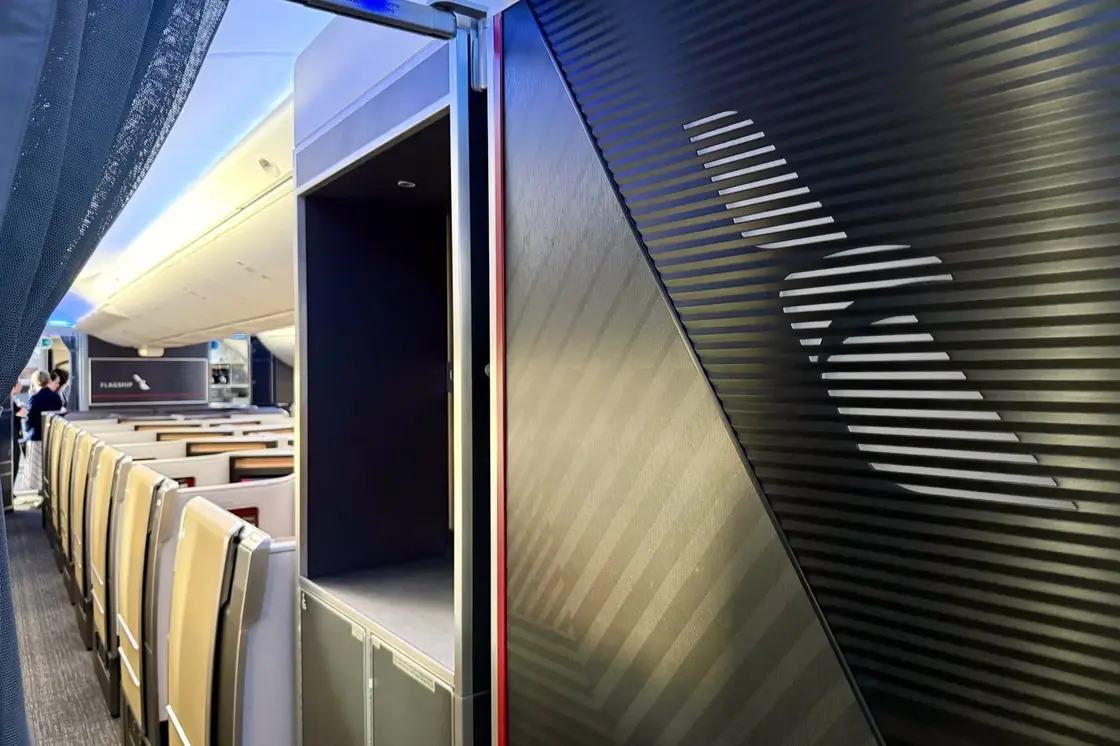T4K3.news
MLB expansion could realign the map
MLB eyes expansion with a geographic realignment to cut travel and boost TV appeal.
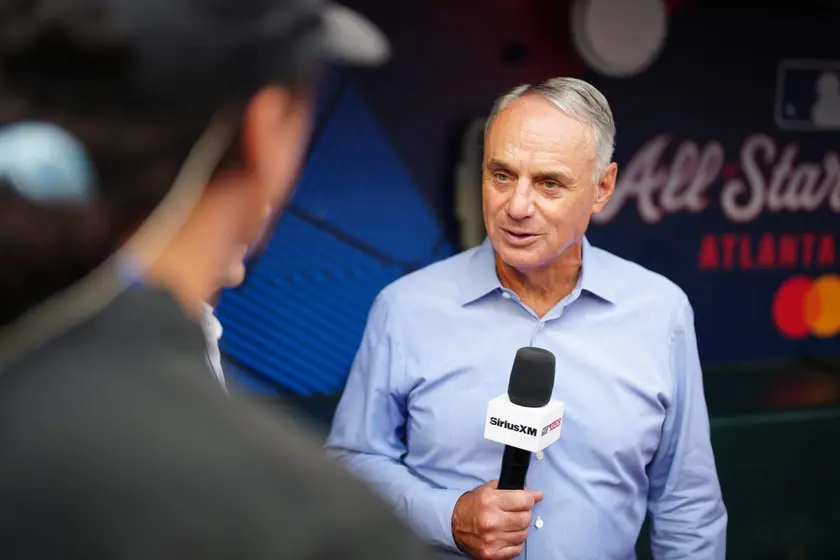
MLB eyes expansion with a geographic realignment that could cut travel and reshape schedules.
MLB expansion could enable geographic realignment
MLB commissioner Rob Manfred says expansion could come with a geographic realignment that would ease travel and potentially make the post season more appealing to broadcasters. He spoke on ESPN during the Little League Classic between the Mariners and Mets, and noted that two new teams would be named by 2029 even if they are not yet playing. USA Today and other outlets have identified Nashville and Salt Lake City as the strongest expansion markets, with Oakland not expected to receive a new franchise.
The league remains focused on stadium readiness in candidate cities and on how a broader map would fit into a TV strategy. Manfred said a coast to coast schedule could improve late time slots for West Coast audiences and create a more attractive product for ESPN and other partners. The last expansion occurred in 1998 when the Diamondbacks and Rays joined the league, and today the Rays and Athletics continue to pursue new stadiums before any expansion could go forward.
Key Takeaways
"I think if we expand, it provides us with an opportunity to geographically realign."
Manfred on ESPN about expansion and realignment
"I think our postseason format would be even more appealing for entities like ESPN because you’d be playing out of the East, out of the West and that 10 o’clock slot..."
Comment on broadcast appeal tied to schedule changes
"MLB last expanded in 1998, when the Diamondbacks and Rays entered the league."
Historical note on expansion timeline
"Owners realize there’s demand for MLB in a lot of great cities."
Investor and owner sentiment on expansion
The expansion concept sits at the intersection of growth and cost. Geographic realignment could offer travel savings and a cleaner schedule, but it also raises questions about competitive balance and how divisions are drawn. If markets like Nashville and Salt Lake City move forward, local politics and stadium funding will shape the pace and scope of any plan. The approach signals a willingness to trade traditional boundaries for broader market access, a move that could redraw fan loyalties and broadcast value.
The timeline matters. A 2029 target for choosing locations suggests optimism but also a long runway for planning, financing, and public support. As MLB weighs market demand against stadium costs and potential backlash from existing teams, the league faces a delicate balance between ambition and financial discipline.
Highlights
- Growth needs a bigger map and a bigger heartbeat for the game
- Expansion is about more than games it is about identity for cities
- The map of baseball is changing and fans will feel it
- Cities are ready to host big league nights again
Expansion plans face budget and public reaction risks
The push to expand MLB hinges on stadium funding, market viability, and political support. Budget pressures and potential backlash from existing teams and fans could complicate expansion timelines.
Growth in new markets will test how baseball balances ambition with tradition.
Enjoyed this? Let your friends know!
Related News
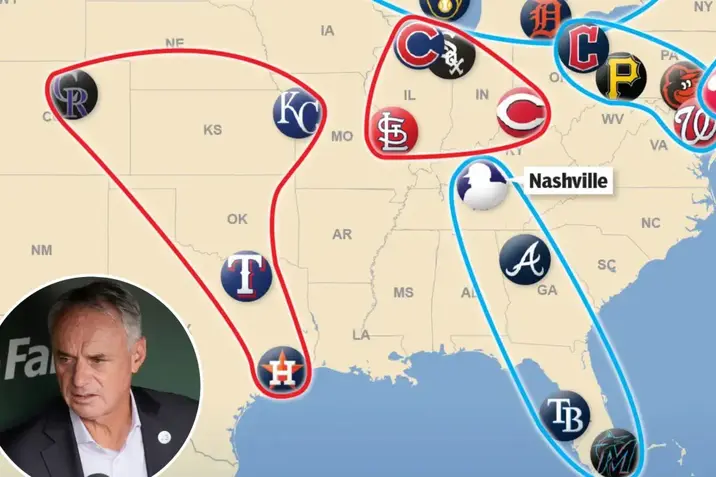
MLB realignment plan draws backlash
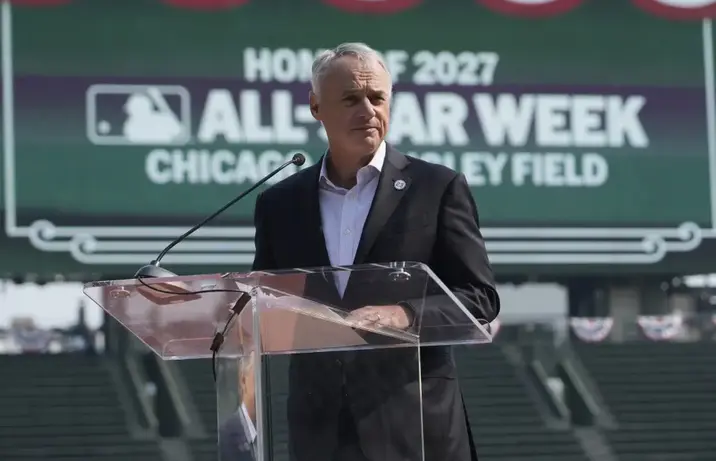
MLB maps new divisions to cut travel

MLB weighs expansion and division realignment
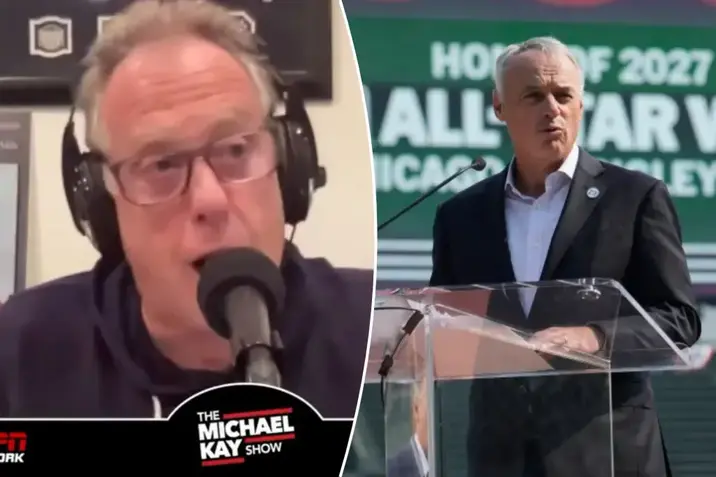
Possible MLB realignment under discussion
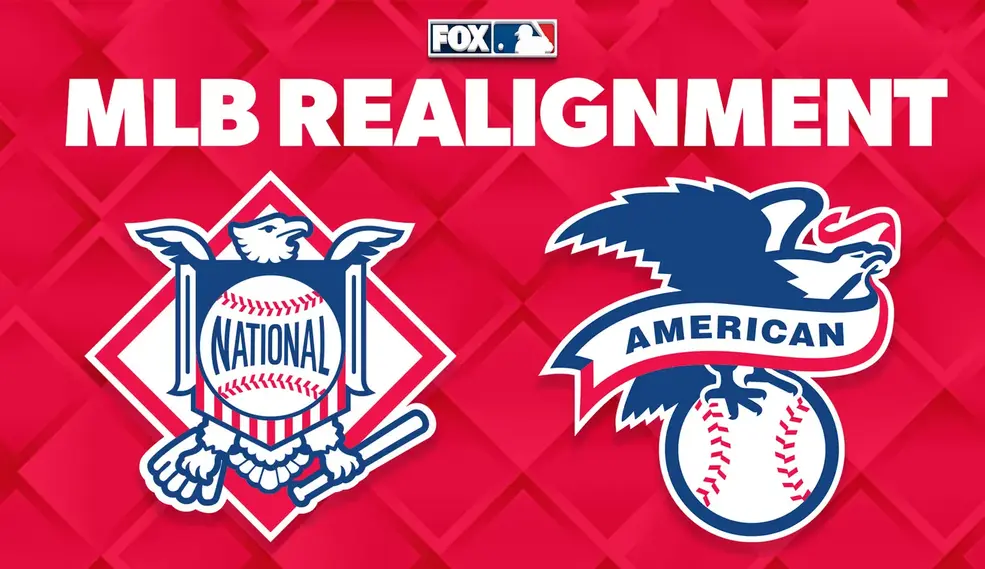
MLB considers eight-division realignment
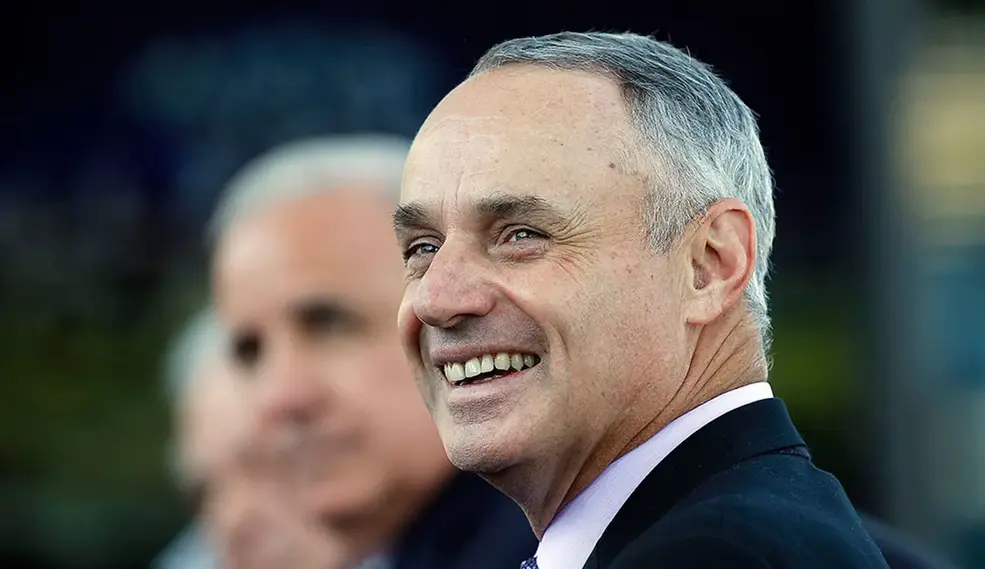
MLB expansion may trigger division realignment
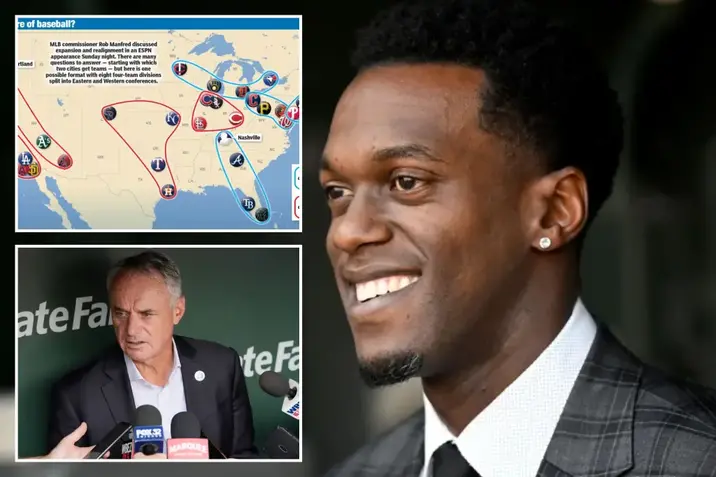
Cameron Maybin opposes MLB realignment shakeups

MLB expansion realignment headlines
